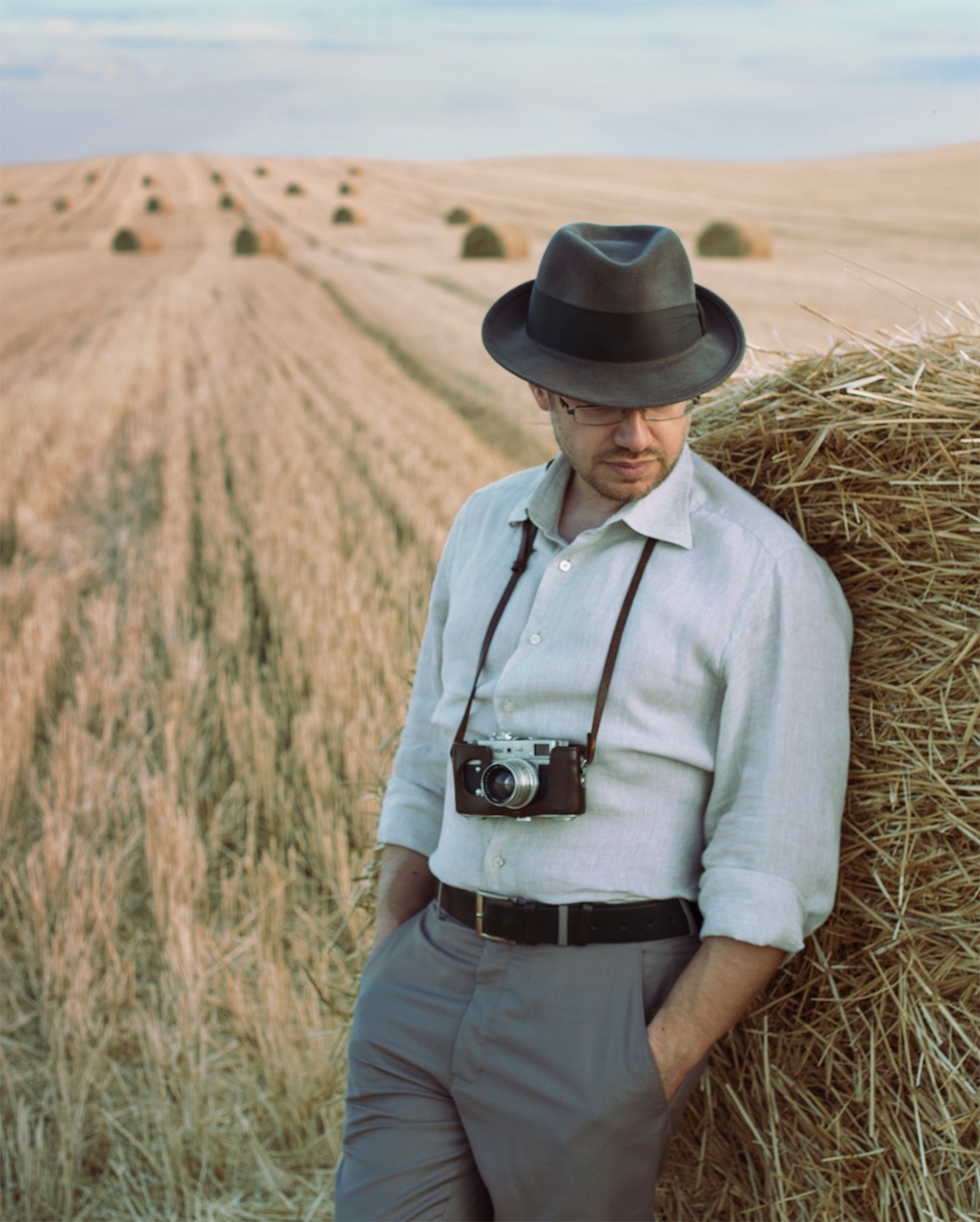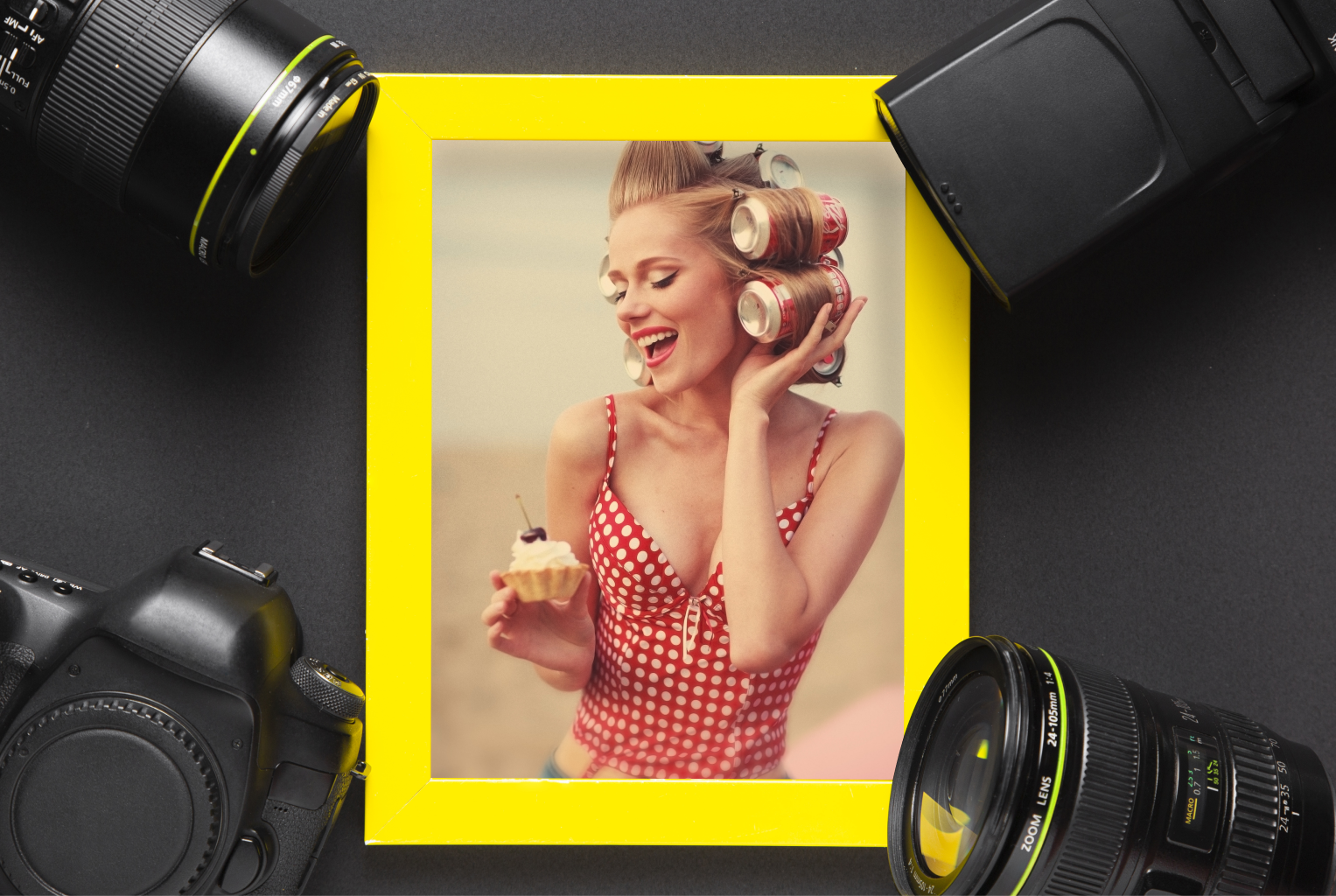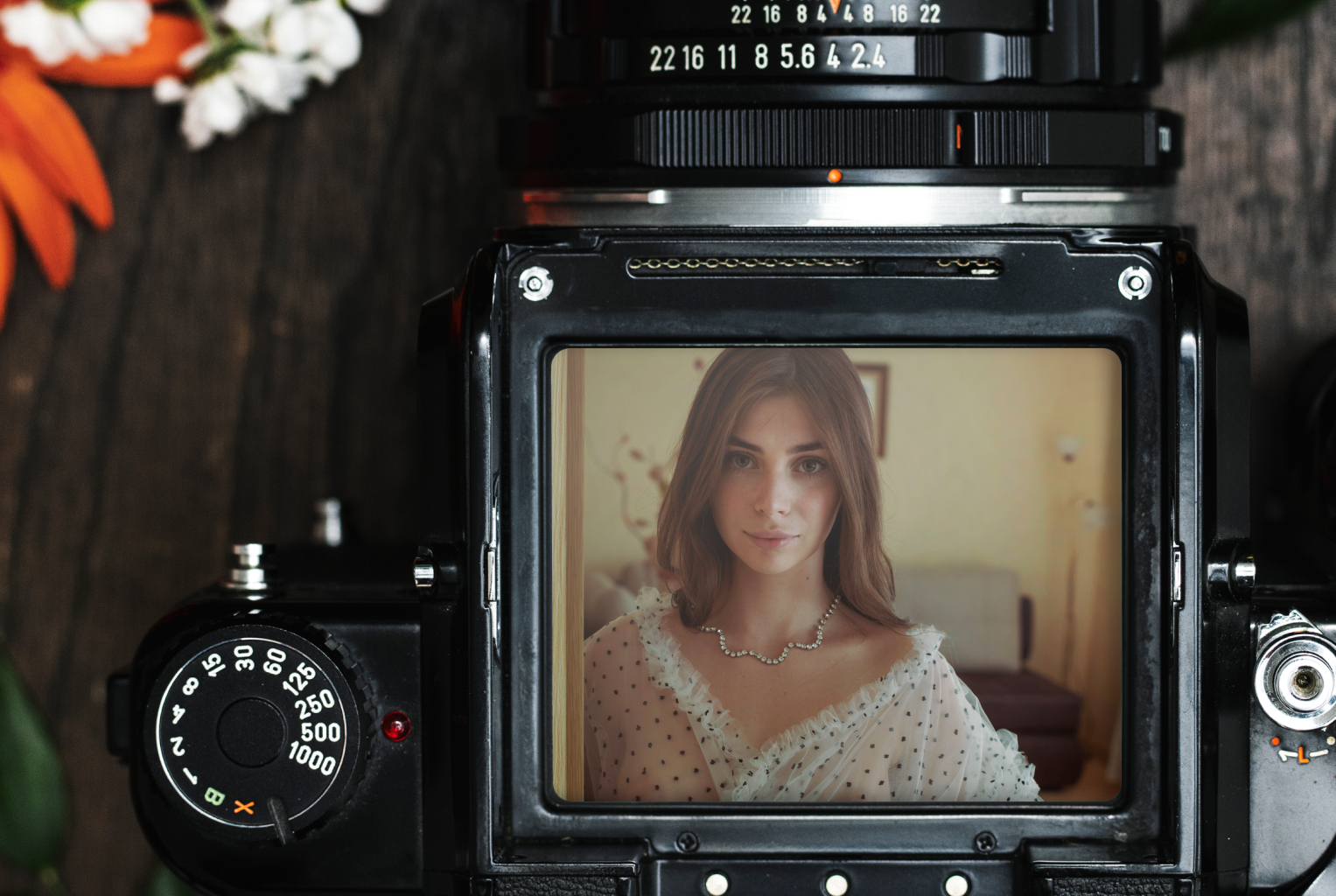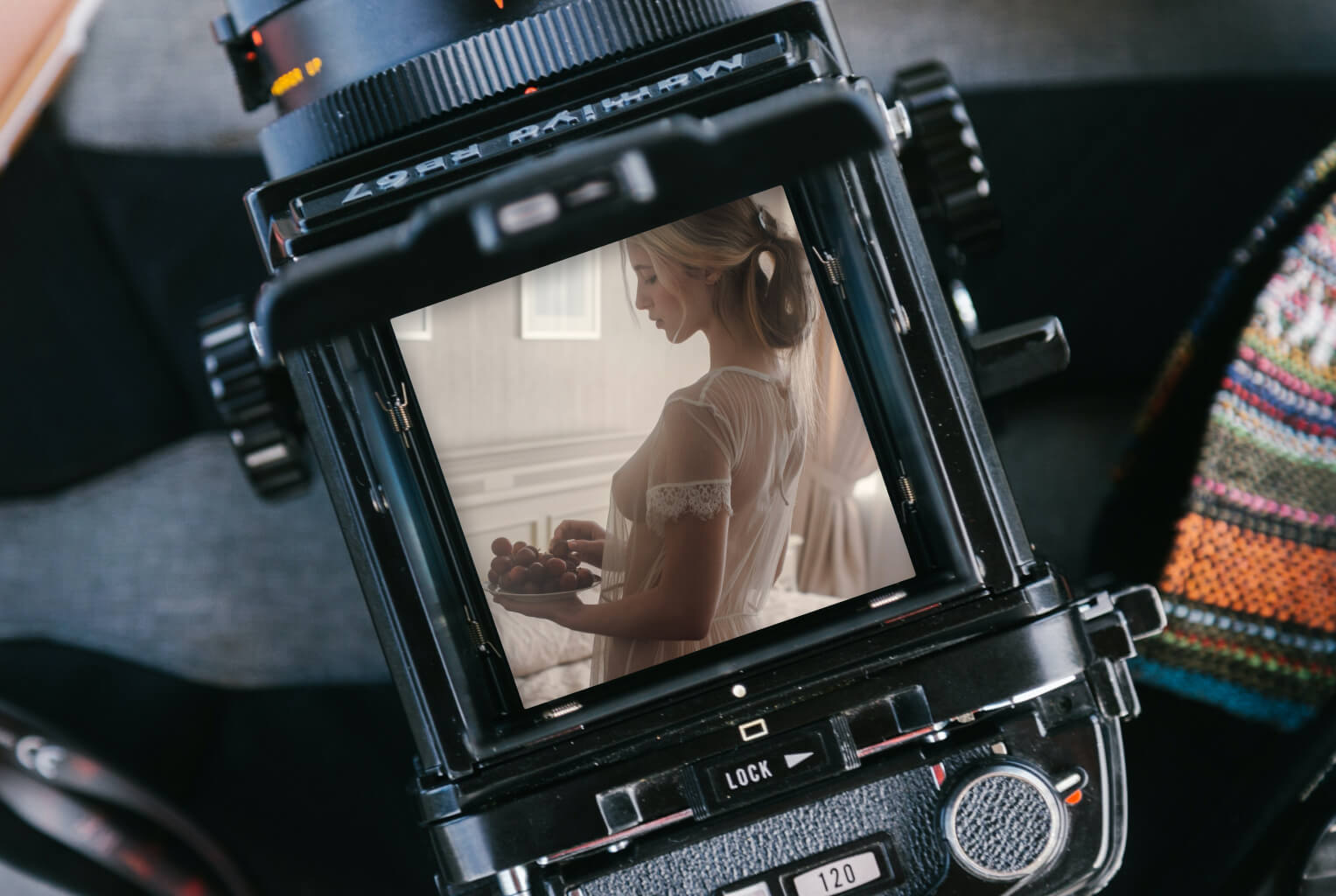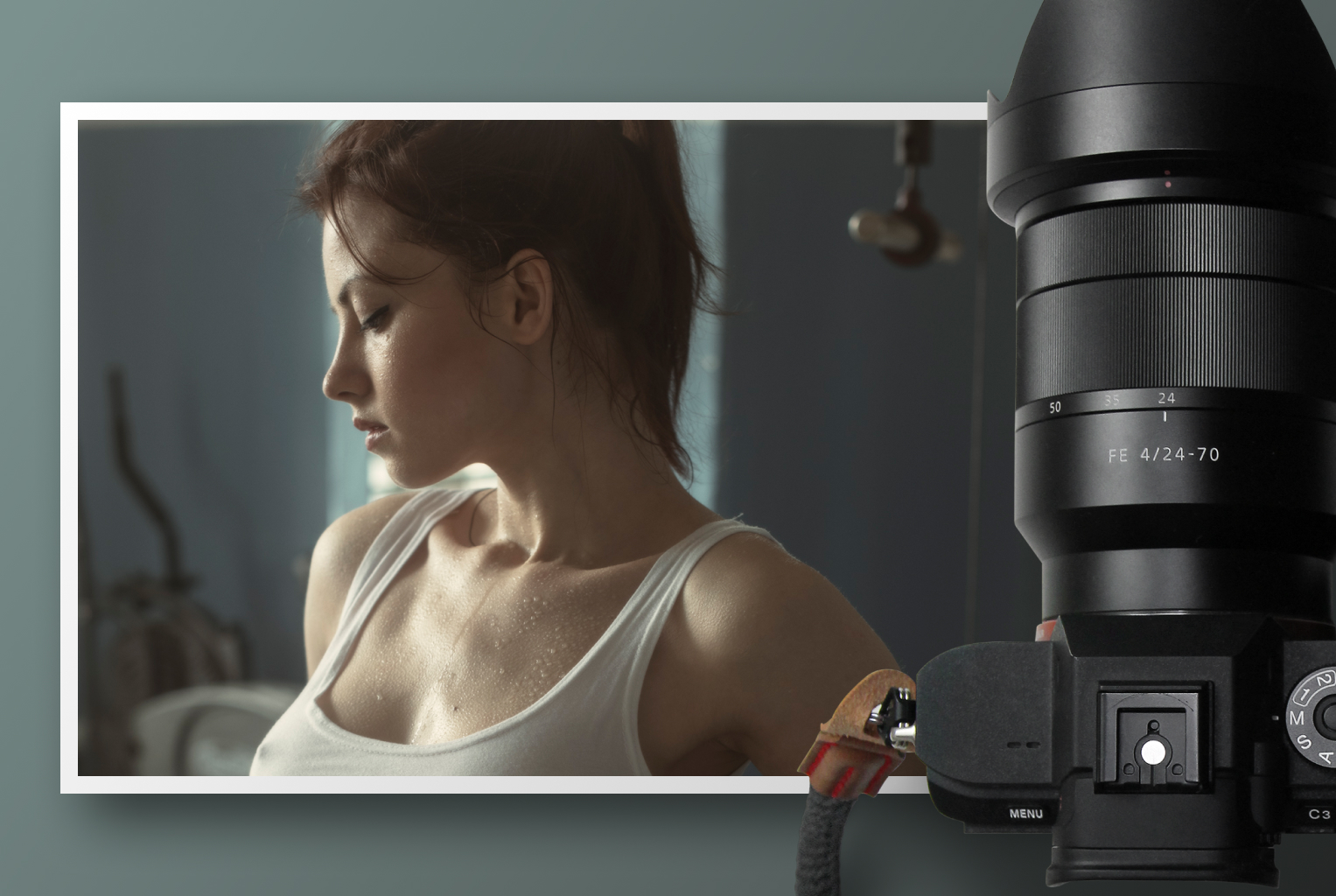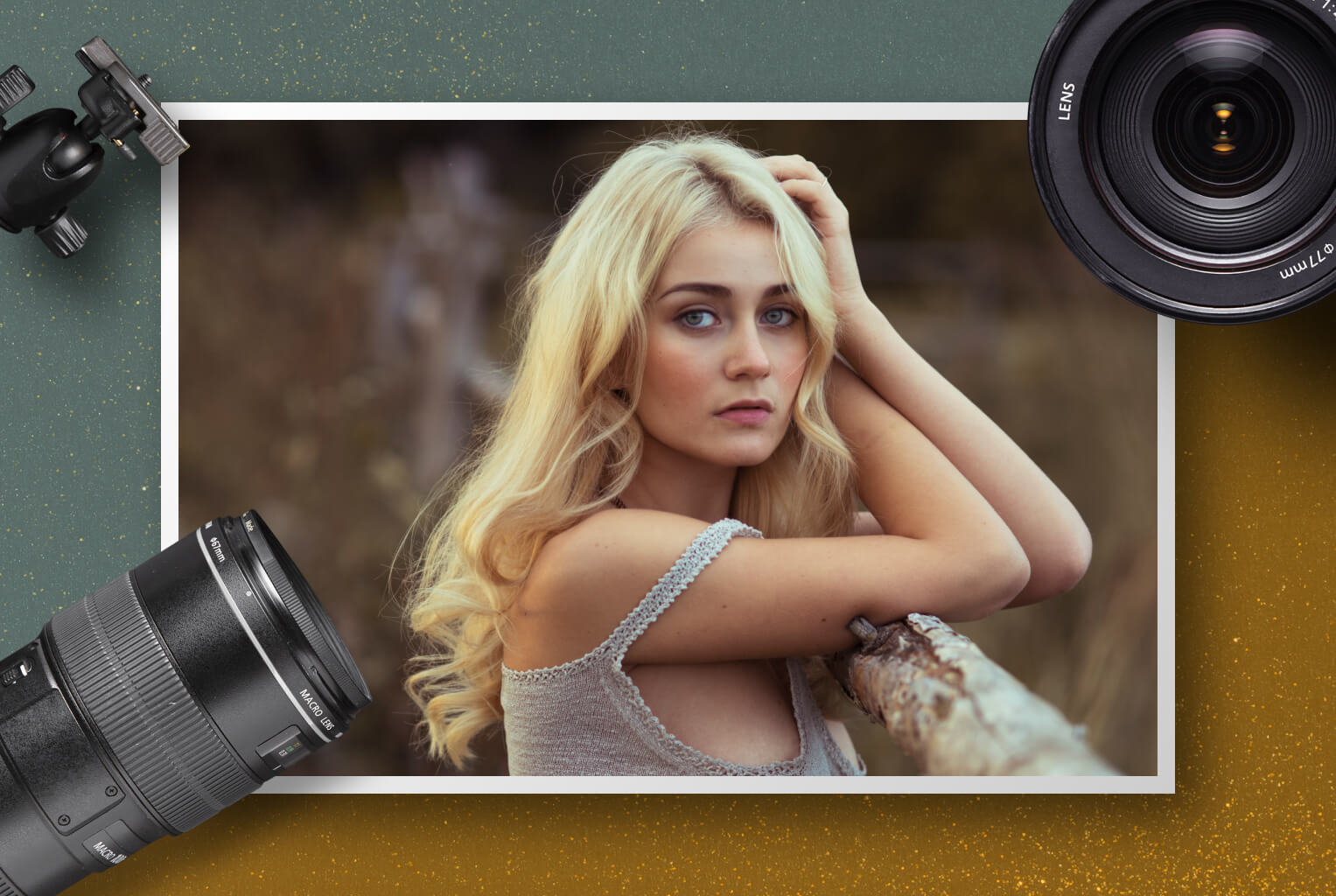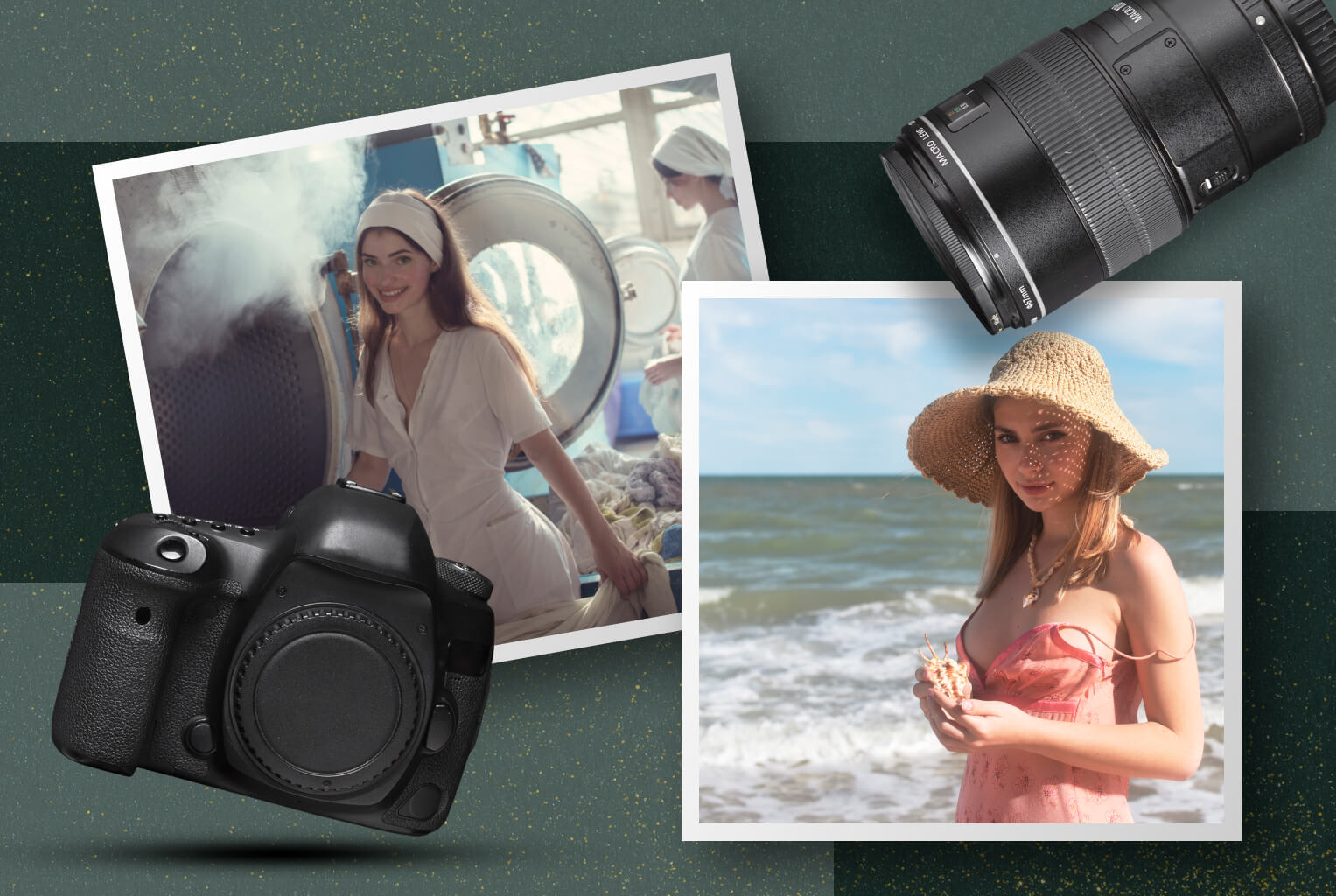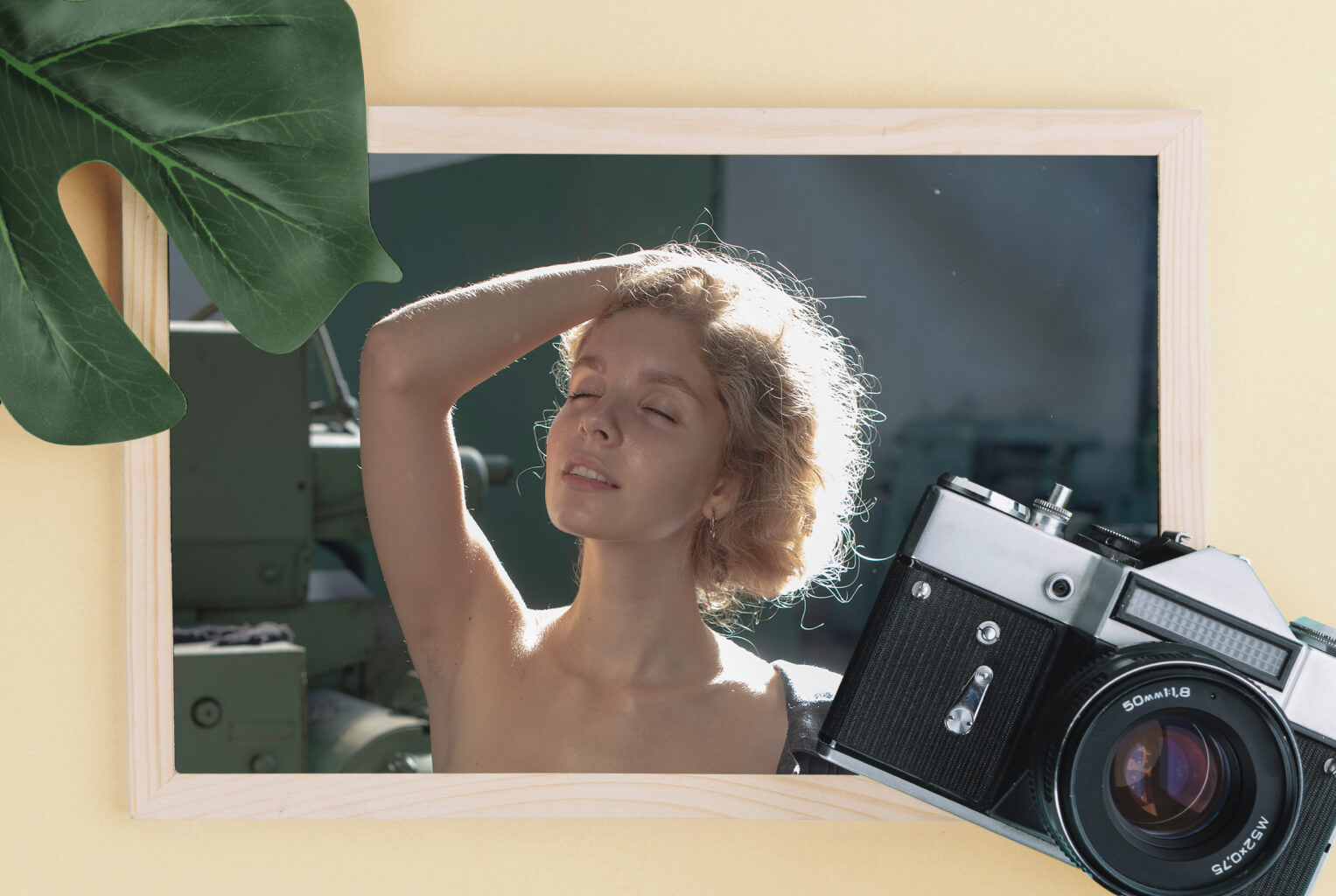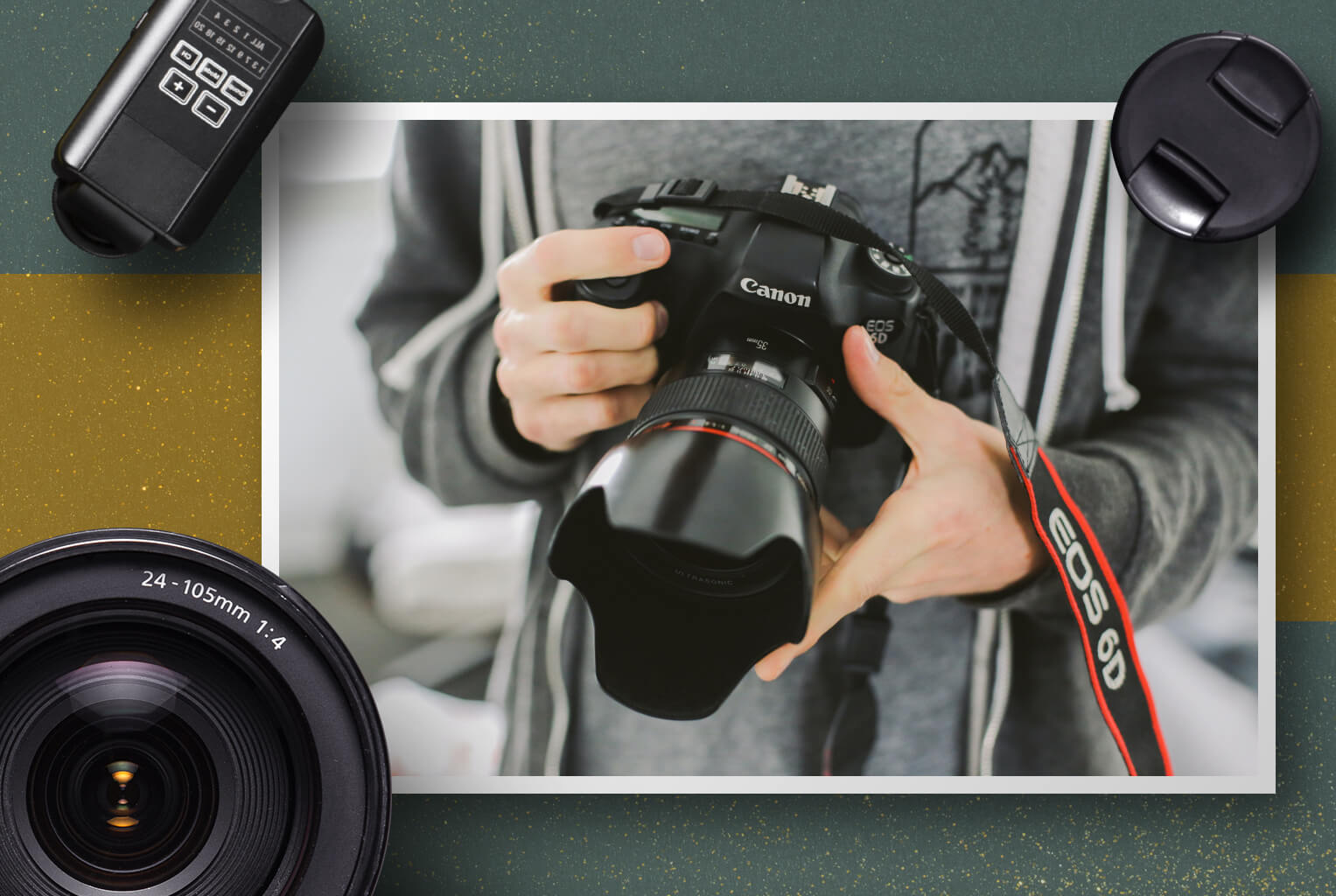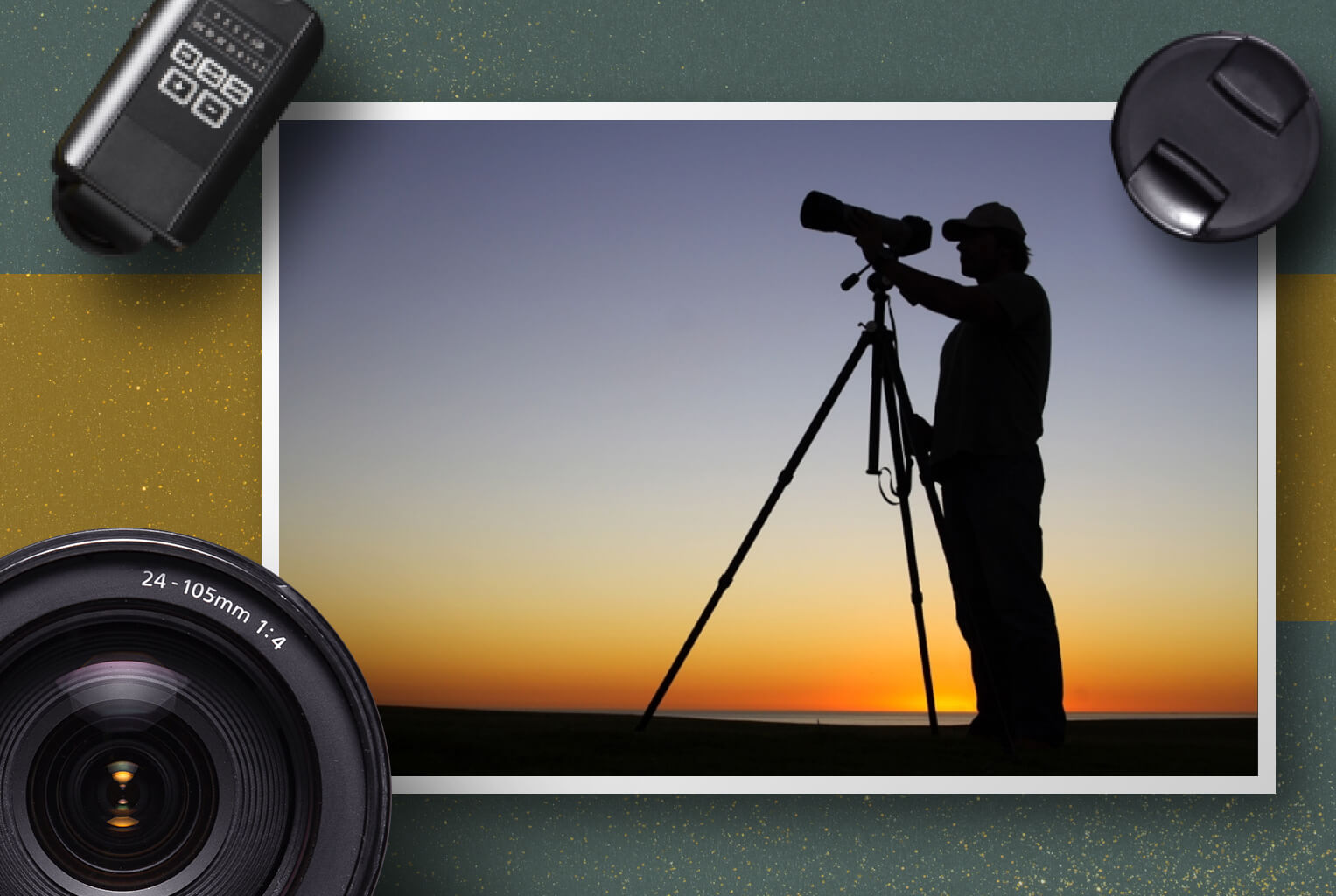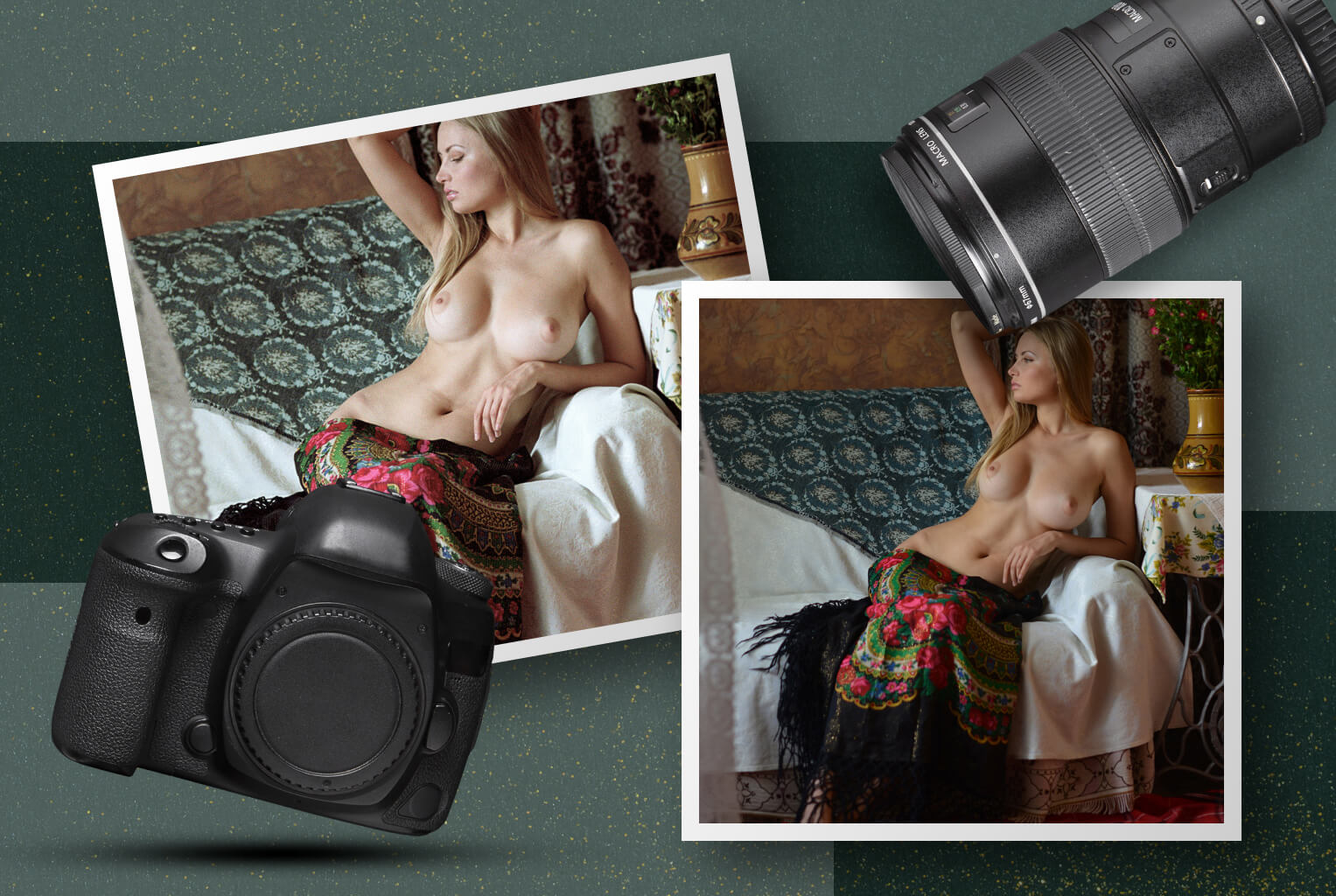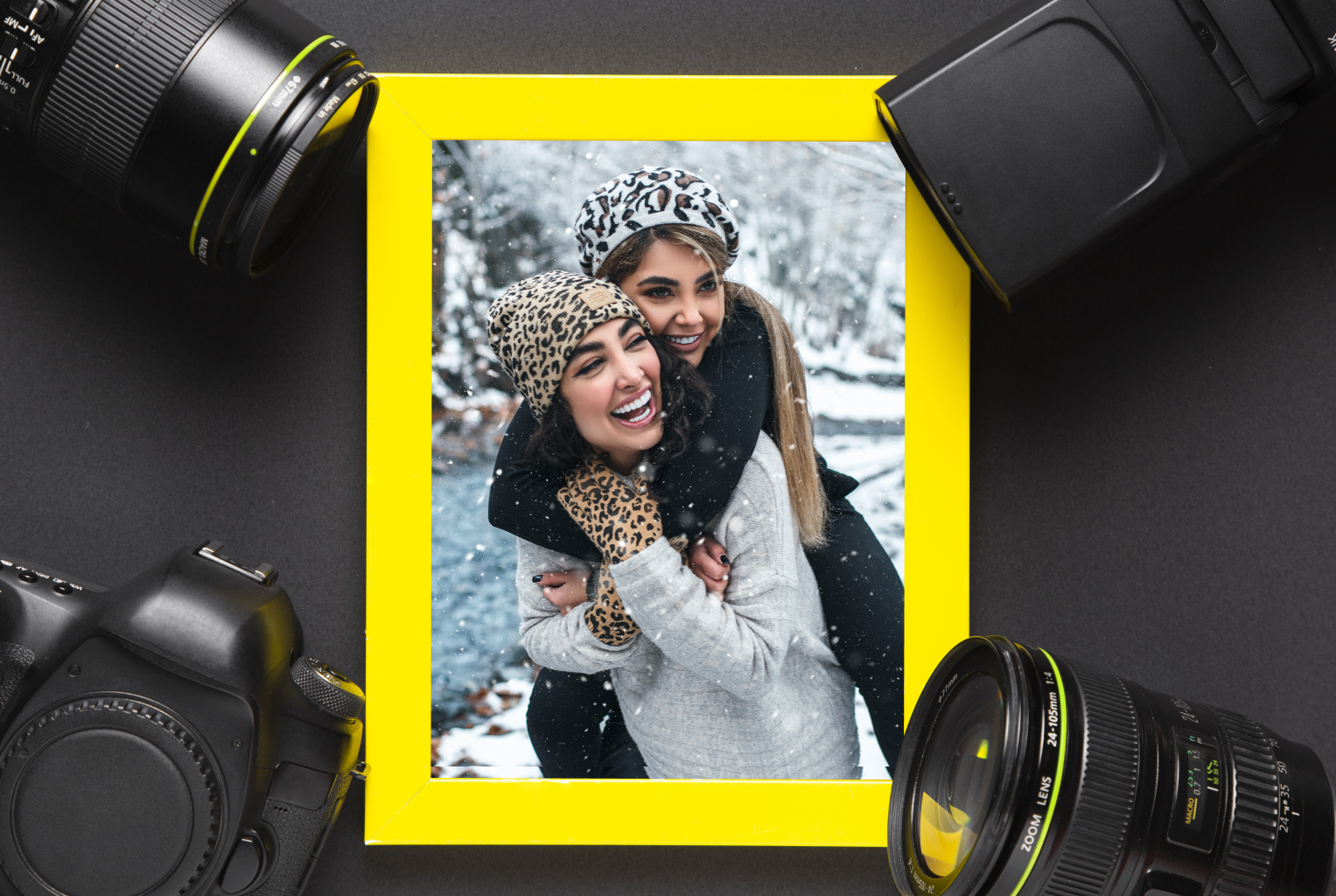
Tips for beautiful snow shootingConsejos para tomar hermosas fotografías de nieve
Genuine winter photos often do not get, as we see with our eyes. It is complicated to photograph snow on your phone. I will give you a few tricks that will help you to beautifully photograph the winter story.
Shoot high key
Snow usually adds light to the photo and can re-brighten it. And the camera's electronics will try to compensate for this sunrise, using the exposure.
As a result, you get a uniformly gray picture, not the white one you wanted. In the photo, this shooting technique is called "high key" or "white on white".
The point is to "explain" to the camera that so much white in the frame is standard, and that's what you want to get. And she doesn't have to darken it and make it gray.
When shooting snow, your main task is to keep the information in the brightest light without becoming just a flat white spot.
You don't want the light "blowing out".
To accomplish this, when shooting, you need to transfer the exposure compensation to +1 and above if you hit on the camera with manual settings.

Choose white balance correctly
It is also vital to ensure that the white balance corresponds to the light color you see and is neither too blue (cold) nor too yellow (warm).
That is, white should be as white as possible in this lighting. This is the essence of the white balance.
Photographers often prefer to balance white more in blue than get yellowish snow.
It looks terrific if you have a piercing blue sky and sun.
This can be done when shooting (setting "white balance" in the camera or phone) and processing in any editor.
However, to correct the white balance after processing, the RAW format is best, not JPEG.
If you are shooting a landscape, the balance of white snow should not be a problem.
Another thing, if you photograph a person against the background of snow, it would be good to do a more thorough treatment so that the cold tone of the photo does not make the skin of a person bluish and not very healthy. Then, treating the human skin with a separate masking brush with a warm white balance will be necessary.
How to make winter photography even more interesting
Interesting winter photos can be obtained on a sunny day, cloudy, and even at night. On a cloudy day, photography will be paler, but this can be used to create a particular mood, for example, minimalism. And another cloudy day can be perfect for winter portraits because clouds will give a beautiful soft scattered light without sharp shadows on the face. And in black and white, winter photography can also look great just due to the exciting composition, objects, and play of light and shadow.
In general, I recommend watching as many good photos as possible to be inspired and to learn how they are made and why they cling.
Las fotografías auténticas del invierno no suelen ser las que vemos con nuestros propios ojos. Es complicado fotografiar la nieve con el teléfono. Te daré algunos trucos que te ayudarán a fotografiar bellamente la historia del invierno.
Dispara en clave alta
La nieve suele aportar luz a la fotografía y puede volver a iluminarla. Y la electrónica de la cámara intentará compensar este amanecer utilizando la exposición.
Como resultado, obtendrás una imagen gris uniforme, no la blanca que querías. En la fotografía, esta técnica de disparo se llama "clave alta" o "blanco sobre blanco".
La idea es "explicarle" a la cámara que la cantidad de blanco en el encuadre es normal y que eso es lo que se quiere conseguir, y que no es necesario oscurecerlo ni hacerlo gris.
Al fotografiar la nieve, la tarea principal es mantener la información en la luz más brillante sin convertirse simplemente en un punto blanco plano.
No quieres que la luz se apague.
Para lograr esto, al disparar, debes transferir la compensación de exposición a +1 y más si activas la cámara con configuraciones manuales.

Elija el balance de blancos correctamente
También es fundamental asegurarse de que el balance de blancos se corresponda con el color de la luz que se ve y que no sea ni demasiado azul (frío) ni demasiado amarillo (cálido).
Es decir, el blanco debe ser lo más blanco posible en esta iluminación. Esta es la esencia del balance de blancos.
Los fotógrafos a menudo prefieren equilibrar el blanco en azul antes que obtener nieve amarillenta.
Se ve fantástico cuando hay un cielo azul intenso y sol.
Esto se puede hacer al disparar (configurando el "balance de blancos" en la cámara o el teléfono) y procesar en cualquier editor.
Sin embargo, para corregir el balance de blancos después del procesamiento, el mejor formato es el RAW, no el JPEG.
Si estás fotografiando un paisaje, el equilibrio de la nieve blanca no debería ser un problema.
Otra cosa, si fotografías a una persona con un fondo de nieve, sería bueno hacer un tratamiento más minucioso para que el tono frío de la foto no haga que la piel de la persona se vea azulada y poco saludable. Luego, será necesario tratar la piel humana con un pincel de enmascaramiento aparte con un balance de blancos cálido.
Cómo hacer que la fotografía de invierno sea aún más interesante
Se pueden obtener fotografías de invierno interesantes en un día soleado, nublado e incluso de noche. En un día nublado, la fotografía será más pálida, pero esto se puede utilizar para crear un estado de ánimo particular, por ejemplo, el minimalismo. Y otro día nublado puede ser perfecto para retratos de invierno porque las nubes darán una hermosa luz suave y dispersa sin sombras marcadas en el rostro. Y en blanco y negro, la fotografía de invierno también puede verse genial simplemente por la emocionante composición, los objetos y el juego de luces y sombras.
En general, recomiendo ver tantas fotografías buenas como sea posible para inspirarse y aprender cómo se hacen y por qué son tan llamativas.
Artistas
Información
Todos los derechos para el contenido gráfico completo y/o parcial (fotos, videos, ilustraciones), tramas/historias, materiales de texto individuales, archivos de audio/contenido de audio, el código de programa correspondiente, que se utilizaron y/o están siendo utilizados en la aplicación móvil "NYMF" y/o todos sus cambios originales, adiciones, modificaciones y también en los servicios https://dubnitskiy.com, https://nymf.com son el resultado de la creatividad individual y pertenecen a D.I. Dubnitskiy (bajo el seudónimo de David Dubnitskiy).
Aviso de Derechos de Autor.
